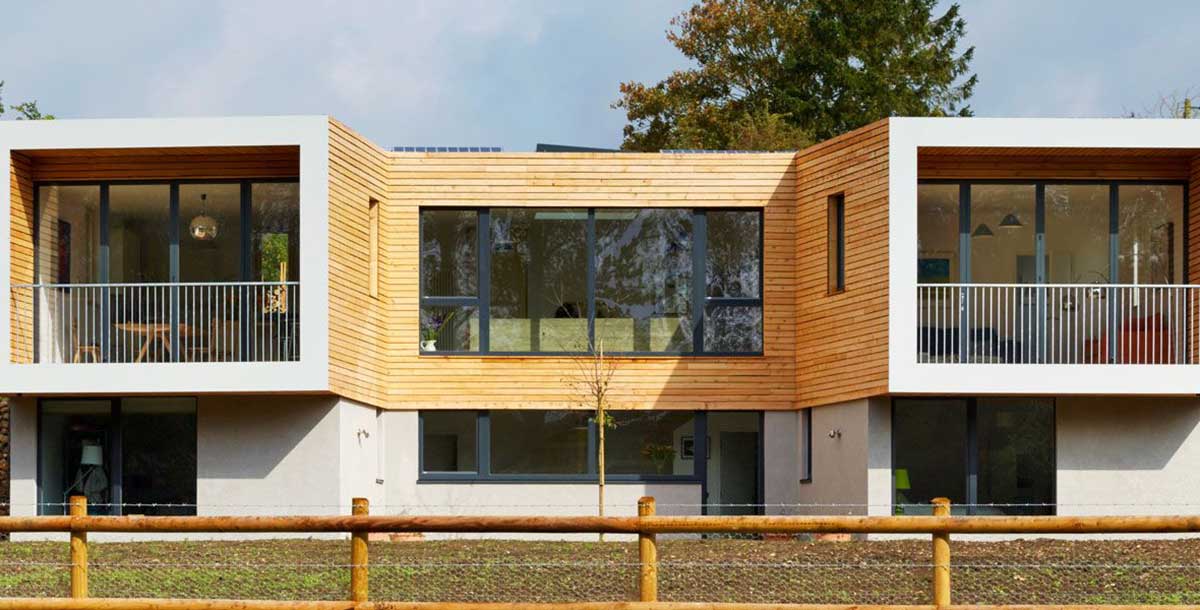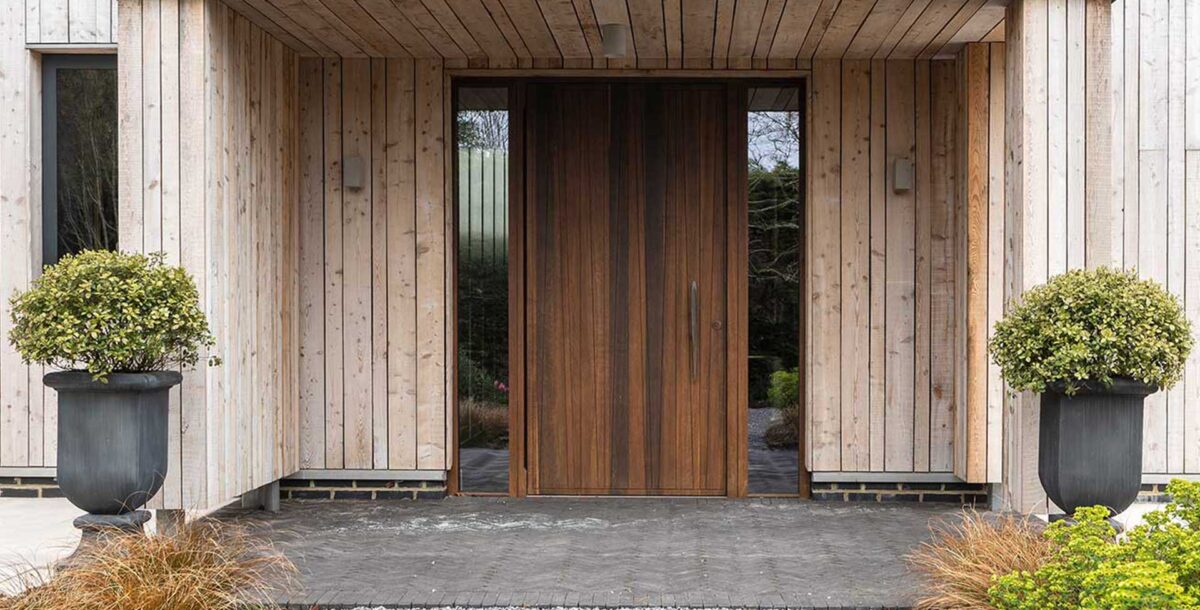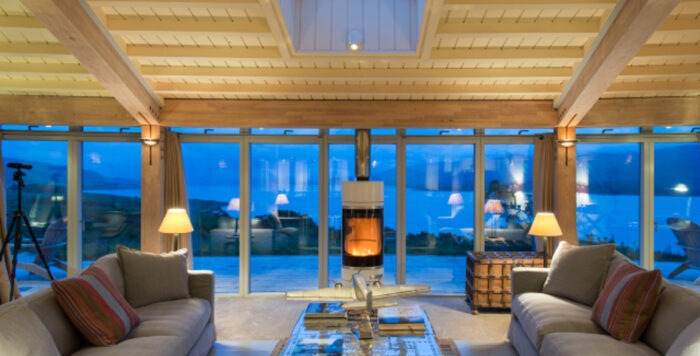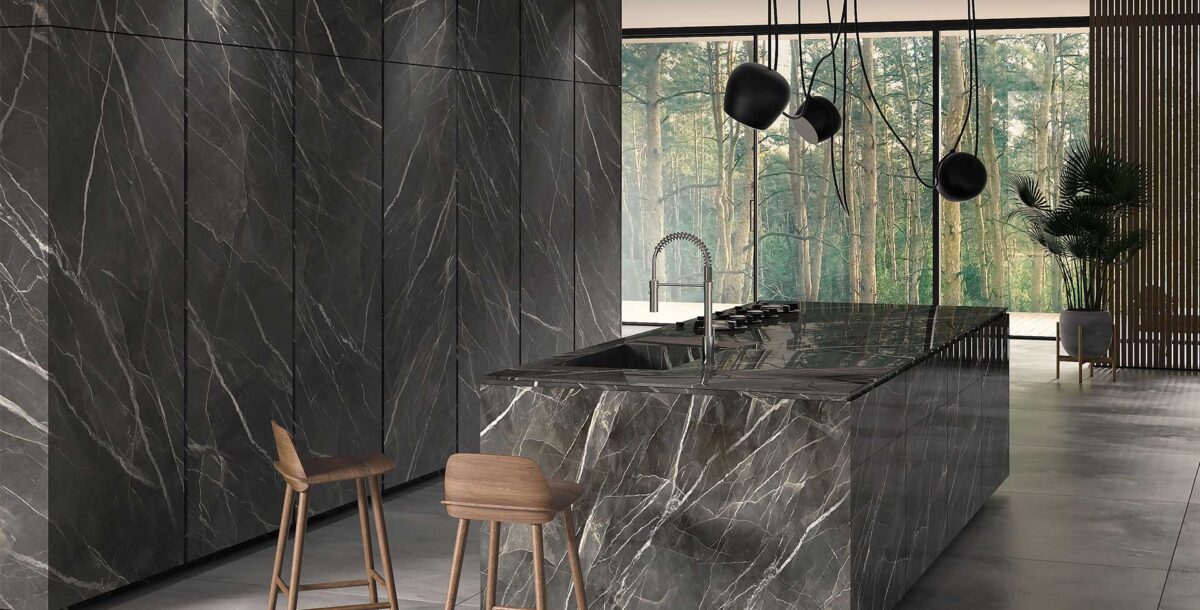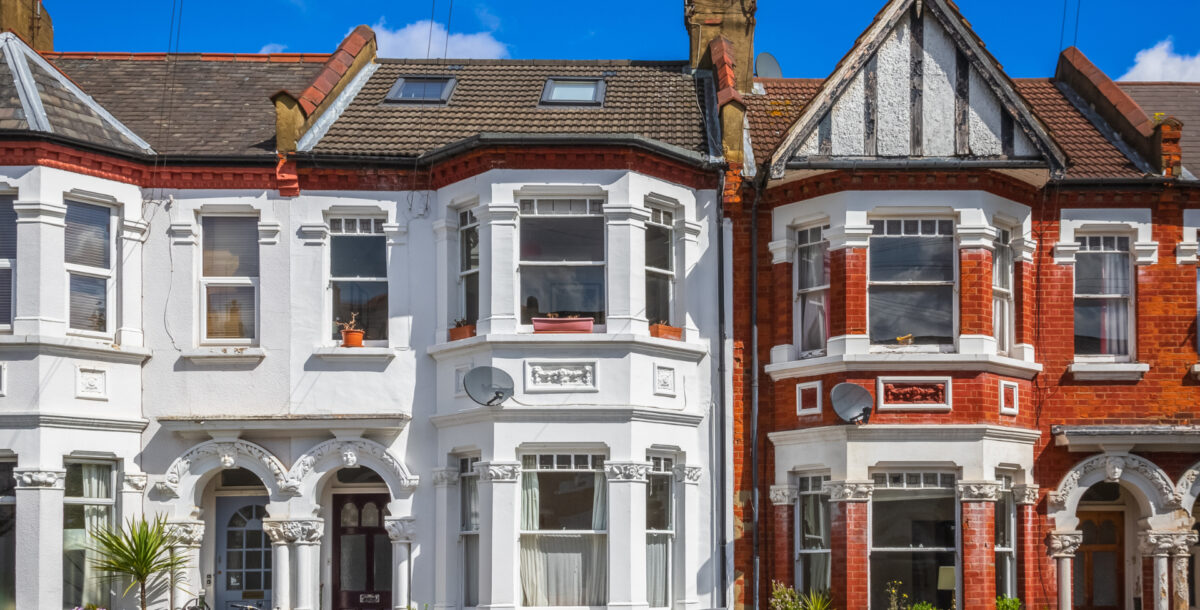Kevin McCloud on solving the housing crisis
Why good design and affordable homes are integral to solving the issue
If you’re reading this and you’re a homeowner, then consider yourself lucky. Britain is turning into a country of renters, stay-at-homers and empty-nesters – with mates staying on the sofa. Although I do meet the odd young couple or individual who is self-building a house to work their way into ownership, most people under 30 are house-sharing or renting – or simply not leaving the family home. In an Ipsos Mori poll taken before the election this year, 14 per cent of people thought that housing was the single most important political issue. Not the economy, Mr Osborne, nor Trident, education, immigration or benefits. Housing. Mark Carney, the governor of the Bank of England, has described the crisis in housing as ‘the biggest risk to financial stability’.
We all know about the numbers: since Kate Barker produced her influential review for Gordon Brown in 2004, it has become accepted wisdom that until we produce a minimum of 200,000 new homes a year, we won’t see prices stabilise. But that will never happen with the present supply chain. The housing market – dominated by half a dozen enormous companies – doesn’t operate according to the simple principle of competition, but rather another, cruder standard: that of supply and demand. In other words, whoever controls the supply controls the price. Housebuilders don’t need to compete or improve their product, because they know that as long as they collectively control the supply there will always be a market and prices will rise. Not surprisingly, 90 per cent of them think it’s not possible to meet any of the targets set by the main political parties. For possible, read desirable.
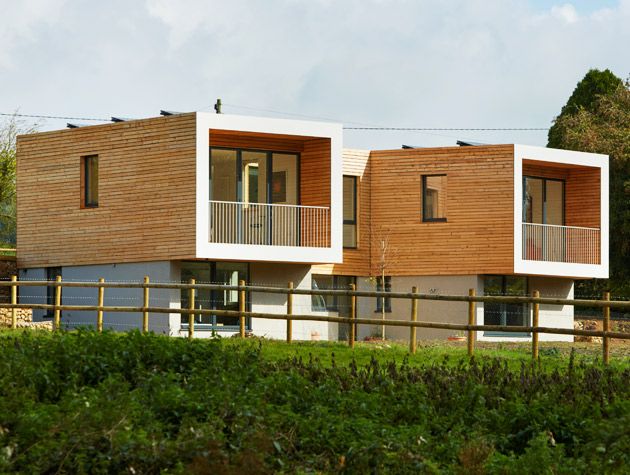
Photo: Darren Chung
But housing isn’t suffering a crisis. It’s so dysfunctional that it’s suffering several – not least that of affordability. There are lots of ways of measuring how unaffordable homes are, but the one I prefer is the price-to-earnings ratio. This looks at house prices relative to national average income. In 1960, when my father bought a new three-bedroom house, it cost around £2,500 and earnings were at an average of £700 a year – a price-to-earnings ratio of 3.5, more or less. Today, with a national average income of £26,500 and homes at around £188,000, that ratio is seven. In Scotland it’s a slightly less scary five; in London, where the average house sells for £409,000, it’s an astronomical 15.5. It’s no wonder that people can’t afford to buy.
In case you think we can ask councils to build more affordable homes – forget it. The golden age of council housing is long gone: the Fifties, Sixties and Seventies saw 90,000 council houses built every year. Since then, in the hands of housing associations, that figure has dropped to 19,000 homes a year. Thanks to a rent cap introduced by George Osborne this summer (the growth in rent forming a major part of housing associations’ balance sheets – projected growth allows them to borrow), that figure is likely to collapse – associations are already renegotiating or reneging on deals to buy and build new housing stock, while local authorities (Bristol, for example) that had dreams of building their own council housing are cancelling their programmes.
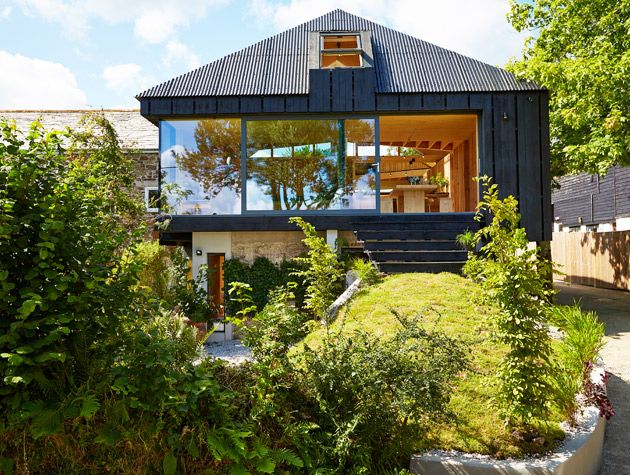
Photo: Paul Ryan-Goff
I’ve already written about other crises. There’s a crisis in quality (all to do with selling ‘units’ not homes, devoid of architectural merit); the crisis in planning (faceless development sprawl and a timidity that results from planning departments losing half their staff since 2008); and, perhaps most sadly, a crisis in design that has seen central government abandon any faith in the process. This is a remarkably human, interactive process developed over thousands of years, which transcends the principles of trade and capitalism to deliver, always, the best possible outcomes. That’s what it’s for.
Design doesn’t just provide the best curtains or kitchen or car or phone. It can create great architecture and community. Design delivers quality and fights compromise. It’s a tool that has a role beyond the drawing board, to improve other everyday processes such as governance or provision of services. If we want more affordable homes that are better made and more beautiful, we start by championing the design process. Beyond that, this government should steel itself, give more support to small builders and release much, much more of the land that it owns.
And allow me to correct myself. Councils could once again build social housing. In fact, they must. This government could yet repeal its poor legislation that curbs social house-building. It could – in the spirit of localism, which it has long espoused – do everything possible to support local authorities to build homes.

